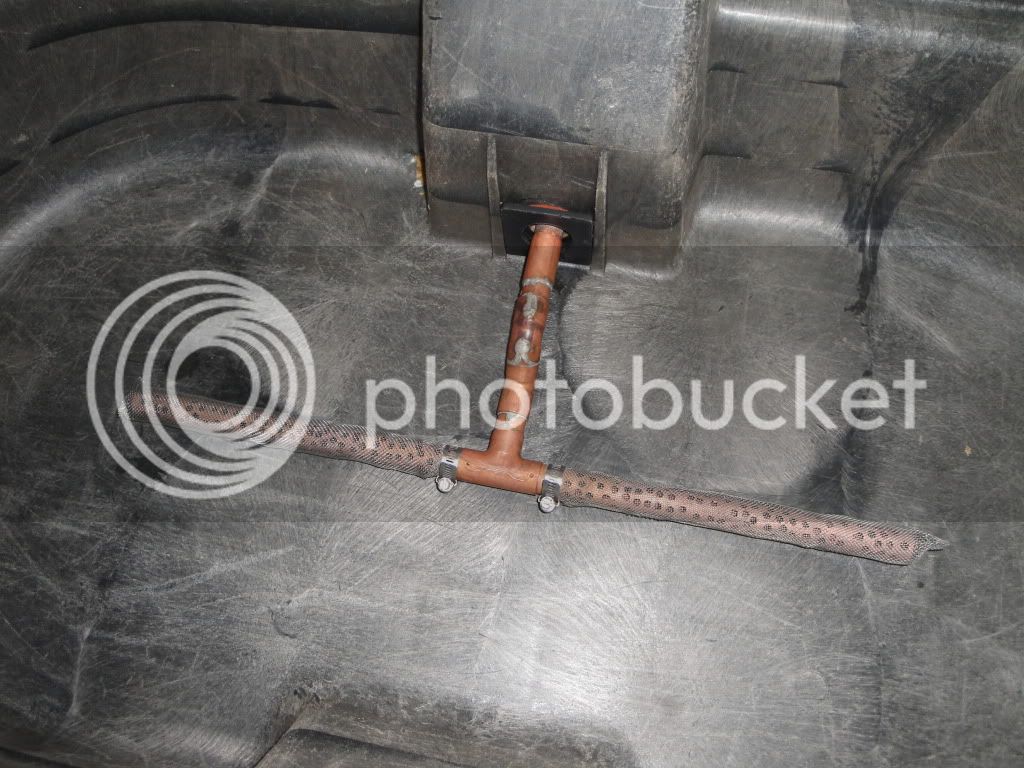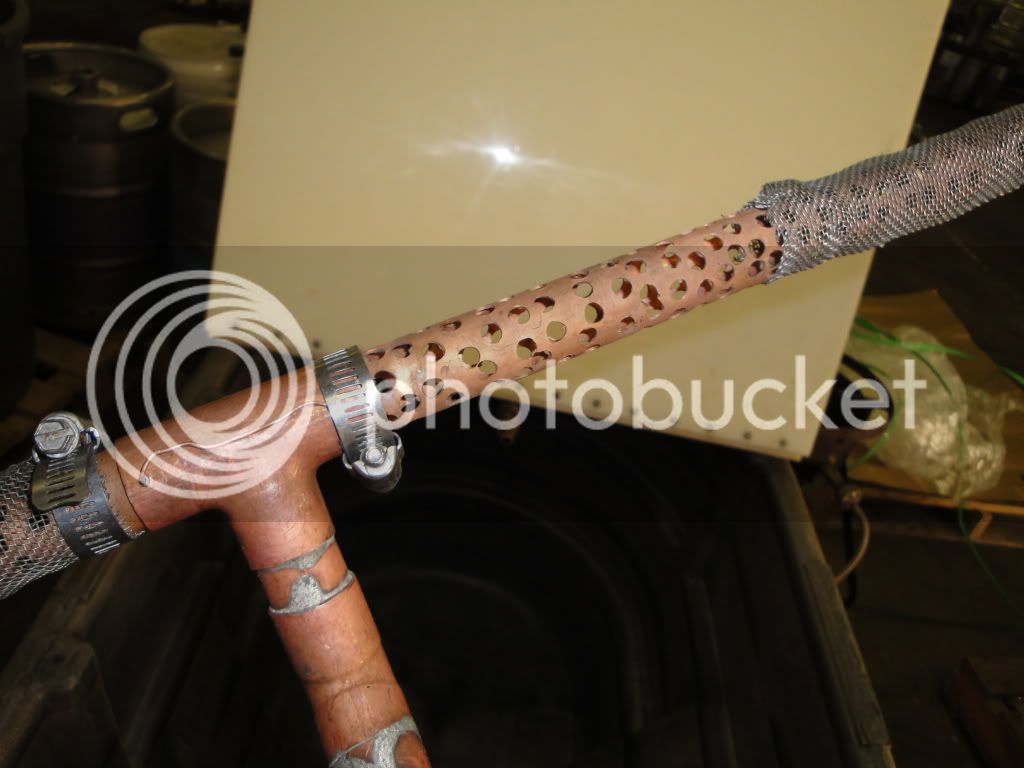Bullka
Active Member
I built a 55-gallon stainless steel brewing tree last month and successfully brewed my first half batch at the end of November. We are brewing a full 40-gallon batch this Sunday and would like some advice on our mash tun. Last time we brewed just a 20-gallon batch and it took 3 to 4 hours to collect the wort from the mash tun. I am worried about 3 main things with this and I am not sure if any of them are bad or not; is the grain going to soak for too long? Will the temperature loss over 4 hours cause problems? And we are just impatient and want to know if we can speed up the process.
Our setup is (2) 12” bazooka screens with SS pipe to a ball valve at the bottom of the barrel. When we first started to drain the wort after an hour soak we opened the 3/4" valve all the way and just let it flow as fast as possible, around the rate of 2 gallons per minute. After about the first 4 or 5 gallons the rate decreased quickly to a trickle. The rest of the time it flowed at a gallon every 15 minutes. I have read now that our flow rate was too high and we may have compacted the grain. This is an easy fix to reduce the rate to 1 gallon in 4 minutes with the ball valve, but the issue we have with that is it will take us over 3 hours to collect the wort on a 40 to 50 gallon batch if we can even get a proper flow rate of 1 gallon in 4 minutes. What are your thoughts?
We also placed the grain in the mash tun first then poured the hot water on top, this time I will reverse that to help prevent clogging and get a better grain bed. Let me know if you have any suggestions to prevent our system from clogging besides reducing the flow rate and adding the grains to the hot water. I appreciate your help!
*added note: we will be batch sparging for this brew day, but next time I might try fly sparging. I have not done a batch this large so we will see how it works.
I was told by another home brewer not to disturb the grain bed when adding the second addition of hot water after draining off the first running, on my previous batch I just added the second addition through a sparge arm. But everything I just read online recommends stirring in the second addition of hot water for a batch sparge. As noted below, that will be a little difficult with 100 lbs of grain, what do you recommend?
Our setup is (2) 12” bazooka screens with SS pipe to a ball valve at the bottom of the barrel. When we first started to drain the wort after an hour soak we opened the 3/4" valve all the way and just let it flow as fast as possible, around the rate of 2 gallons per minute. After about the first 4 or 5 gallons the rate decreased quickly to a trickle. The rest of the time it flowed at a gallon every 15 minutes. I have read now that our flow rate was too high and we may have compacted the grain. This is an easy fix to reduce the rate to 1 gallon in 4 minutes with the ball valve, but the issue we have with that is it will take us over 3 hours to collect the wort on a 40 to 50 gallon batch if we can even get a proper flow rate of 1 gallon in 4 minutes. What are your thoughts?
We also placed the grain in the mash tun first then poured the hot water on top, this time I will reverse that to help prevent clogging and get a better grain bed. Let me know if you have any suggestions to prevent our system from clogging besides reducing the flow rate and adding the grains to the hot water. I appreciate your help!
*added note: we will be batch sparging for this brew day, but next time I might try fly sparging. I have not done a batch this large so we will see how it works.
I was told by another home brewer not to disturb the grain bed when adding the second addition of hot water after draining off the first running, on my previous batch I just added the second addition through a sparge arm. But everything I just read online recommends stirring in the second addition of hot water for a batch sparge. As noted below, that will be a little difficult with 100 lbs of grain, what do you recommend?













